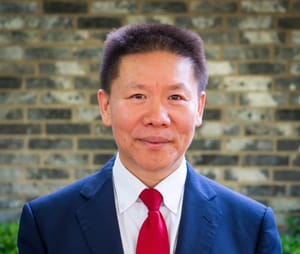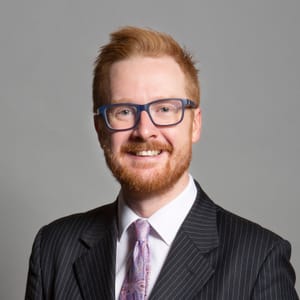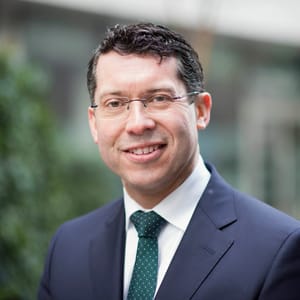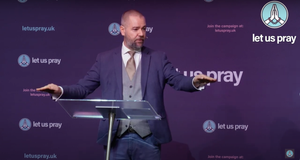The ‘Local Church’ movement was founded by Witness Lee, co-worker in China with Watchman Nee and his successor as leader of the ‘Little Flock’ movement.
Shortly before the Communist takeover in China, Lee escaped to Taiwan along with many of Nee’s other followers. There it is said that they established more than 20,000 churches after only five years of ministry.
After Nee’s death in 1972, Witness Lee became the leader of this movement around the world, especially in the United States.
Sharply distinguishing themselves from all other Christian churches and movements, Lee and his followers preferred to be known as individual churches identified with localities, such as ‘the Church in Anaheim’ or ‘the Church in Chicago’.
While Lee claimed that he was encouraging reconciliation within the body of Christ, most have perceived this unique teaching regarding localism as actually dividing the body of Christ – each ‘Local Church’ claiming to be the only valid expression of the body of Christ in any given locality.
Furthermore, Lee’s teaching regarding the Trinity appears unorthodox. He uses metaphors and illustrations that confuse the persons of the Trinity and describes God’s being as changing, over time, from one divine person to another (an idea known as modalism or patripassionism).
A ‘changing’ God can be inferred from his statement that ‘God in Christ has passed through a long process – the process of incarnation, crucifixion, resurrection, and ascension. The very God of Genesis 1 has undergone such a process … Today, after being processed, the very Christ is the life-giving Spirit … This Christ, after being processed, is now the life-giving Spirit’.
The Local Church refers to Christians as ‘gods’. Witness Lee explains that this occurs through regeneration: ‘Regeneration is through the resurrection of Christ that he may impart the divine life into the lost sinners as the authority for them to be the children of God, begotten of God as his species’. Regeneration ‘bring us into a divine existence and makes us a divine person’.
The movement embraces several other semi-mystical and heterodox emphases and some unusual practices.
From an internet article by Bob and Gretchen Passantino http://www.equip.org/free/DL080.htm




















